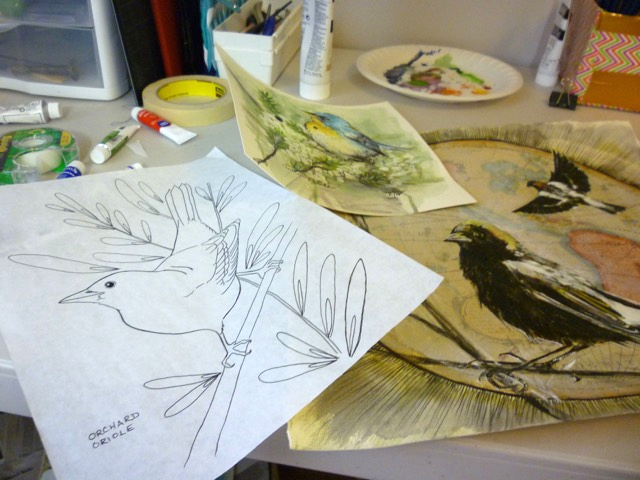New Milestone in Study of Snow Leopards
A team of wild cat researchers from Panthera and the Snow Leopard Trust were recently successful in collaring their twelfth snow leopard, for study and tracking 6,500 feet high in South Gobi, Mongolia’s Tost Mountains. The collaring of the female cat is historic in that the South Gobi team is now monitoring twice the number of cats ever monitored in any previous study of the species.
This most recent snow leopard, temporarily named F4 until the team chooses a name, is a female snow leopard weighing 81 pounds. The GPS-satellite collar she was fitted with will allow scientists to track her movements for the next 20 months, giving insight to the information needed to save the elusive wild cats from extinction. There are believed to be between 3,500 and 7,000 snow leopards remaining in the wild today.
The collaring of “F4” is particularly exciting because the researchers believe she is the mother of another nearly grown female that was fitted with a collar just a few months ago. The team has determined that F4 is still travelling with her cub, so this will be the first time scientists are able to learn how snow leopards rear their cubs and prepare them to leave home to establish their own territory.
“Following a mother-daughter pair and seeing when the younger female leaves home and where she establishes her own home range is an exciting possibility,” said Panthera Snow Leopard Director Dr. Tom McCarthy. “This collaring, and the ones before it, has helped us reach a new level of understanding about these iconic cats; an understanding that could help us bring them back from the brink of extinction.”
The project in Mongolia is a collaboration between Panthera and the Snow Leopard Trust. For more information on this study and to follow F4 and the other cats, visit http://www.panthera.org/
Image & video courtesy Panthera and the Snow Leopard Trust



This comment has been removed by a blog administrator.
ReplyDelete